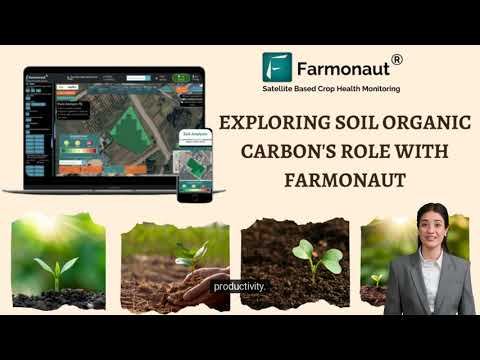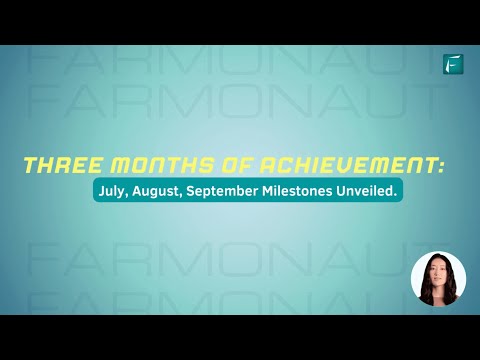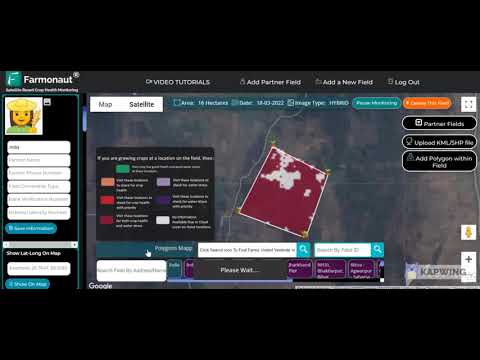Discover Idaho’s Soil Superheroes: USDA’s Educational Journey into Microbes and Sustainable Agriculture
“Mighty Mini Microbe’s Tale” introduces children to over 1 billion microorganisms found in a single teaspoon of healthy soil.
Welcome to an exciting exploration of Idaho’s hidden agricultural heroes – the mighty microbes that make our soil come alive! We at the USDA Natural Resources Conservation Service (NRCS) are thrilled to take you on an educational journey into the fascinating world of soil health and sustainable farming practices. Our mission is to revolutionize agricultural education, starting with the youngest members of our community.
In this comprehensive blog post, we’ll delve into how the USDA is transforming the way we think about soil, agriculture, and conservation in the beautiful state of Idaho. From colorful educational resources to hands-on STEM activities, we’re cultivating a new generation of environmental stewards who understand the vital role of microorganisms in our ecosystem.
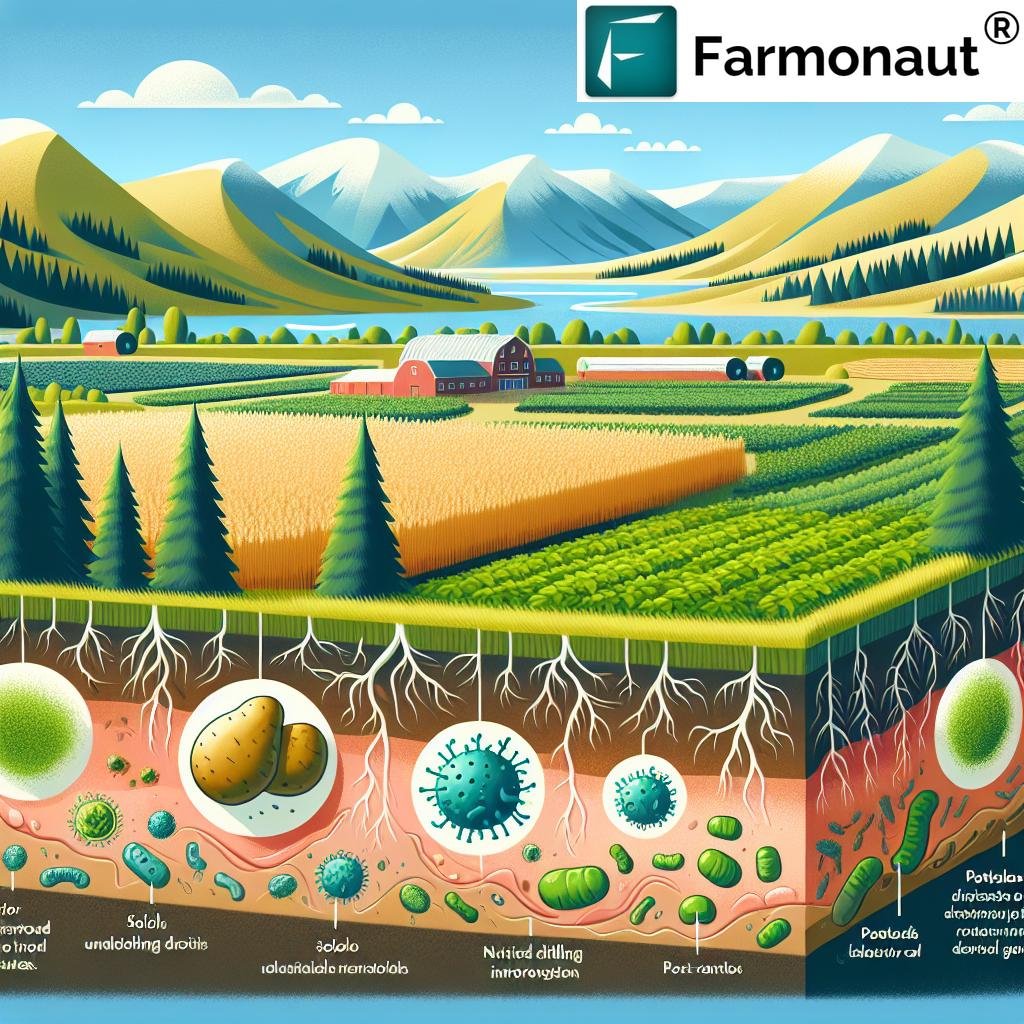
The USDA’s Innovative Approach to Agricultural Education
For over eight decades, the USDA Natural Resources Conservation Service has been at the forefront of supporting America’s farmers, ranchers, and forest landowners. Our work extends beyond just providing data and scientific studies; we’re committed to enhancing the quality of air, water, soil, and habitats across Idaho and beyond.
But our mission doesn’t stop there. We’ve recognized the importance of educating the next generation about the intricacies of agriculture and ecosystem health. That’s why we’ve developed engaging resources like “Mighty Mini Microbe’s Tale,” a colorful, educational book that introduces children to the vital role of microbes in agriculture.
Introducing “Mighty Mini Microbe’s Tale”
This innovative book is more than just a story – it’s a gateway to understanding the invisible world beneath our feet. Through vibrant illustrations and simple explanations, children learn how microbes help plants grow, fight off pests, and enhance soil health. It’s an adventure into the unseen realm of soil superheroes!
- Microbes as tiny characters explain soil processes
- Illustrates how microbes feed plants essential nutrients
- Showcases microbes’ role in pest and disease control
- Highlights the importance of cover crops in soil protection
As Mindi Rambo, our state public affairs specialist, puts it, “She [the microbe] is a superhero for soil health.” This personification helps children connect with the concept of microorganisms as beneficial allies in agriculture.
The Science Behind Soil Microbes
To truly appreciate the importance of soil microbes, let’s dive deeper into what they are and why they matter so much in agriculture.
What Are Microbes?
Microbes, also known as microorganisms, are tiny living organisms too small to be seen with the naked eye. These microscopic marvels can be found in almost every environment on Earth, from the depths of our oceans to the soil beneath our feet, and even within the human body.
While some microbes can cause diseases, many play essential roles in vital processes such as:
- Nutrient cycling in ecosystems
- Decomposition of organic matter
- Production of oxygen through photosynthesis
- Supporting plant growth and health
The Role of Microbes in Soil Health
In the context of agriculture, soil microbes are true unsung heroes. They perform a variety of crucial functions that support plant growth and maintain soil health:
- Nutrient Cycling: Microbes break down organic matter, releasing essential nutrients that plants can absorb.
- Nitrogen Fixation: Some bacteria can convert atmospheric nitrogen into a form usable by plants.
- Disease Suppression: Beneficial microbes can outcompete or directly inhibit pathogenic organisms.
- Soil Structure Improvement: Microbial activities help create soil aggregates, improving water retention and aeration.
- Carbon Sequestration: Microbes play a role in storing carbon in the soil, which is crucial for mitigating climate change.
Understanding these processes is key to developing sustainable farming practices that work with nature, rather than against it.
USDA’s Educational Initiatives in Idaho
“USDA’s soil health education program reaches more than 10,000 Idaho students annually through STEM activities and workshops.”
Our educational outreach goes beyond books. We’ve developed a comprehensive program to engage students of all ages in learning about soil health and sustainable agriculture. Here’s how we’re making a difference:
STEM Days at Schools
We regularly visit schools across Idaho to conduct STEM (Science, Technology, Engineering, and Mathematics) days. During these events, our experts perform soil health tests in front of students, allowing them to see firsthand how soil properties are measured and analyzed.
“We have STEM days at school, where we actually do some of the soil health tests in front of them, and they can see how it works and they’re fascinated by that,” explains Rambo. “They’re interested in learning, why does it do that? What happens?”
Hands-On Workshops
Our workshops provide students with practical experience in agricultural conservation techniques. Participants learn about:
- Soil testing methods
- Cover crop benefits
- Water conservation strategies
- Sustainable pest management
These interactive sessions not only educate but also inspire students to consider careers in agriculture and environmental science.
Community Outreach
We don’t limit our educational efforts to schools. You can find us at:
- County fairs
- Agricultural expos
- Community events
At these gatherings, we distribute our educational materials, including the “Mighty Mini Microbe’s Tale” coloring book, and engage with families to spark conversations about sustainable agriculture and ecosystem conservation.
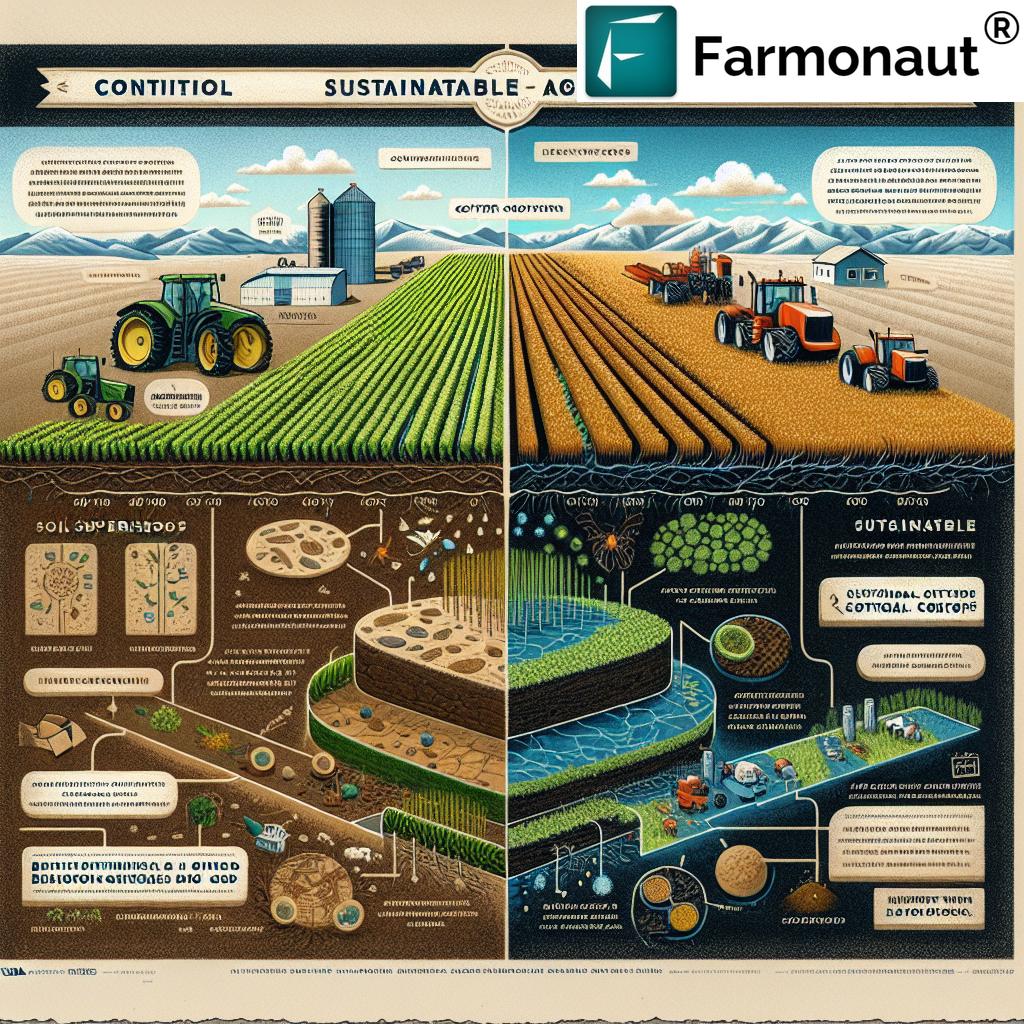
Impact of USDA’s Educational Programs in Idaho
To better understand the reach and effectiveness of our educational initiatives, let’s take a look at some key statistics:
| Educational Resource | Target Age Group | Estimated Annual Reach | Key Soil Health Concepts Taught | Estimated Increase in Student Agricultural Knowledge (%) |
|---|---|---|---|---|
| “Mighty Mini Microbe’s Tale” | 5-10 years | 5,000 | Microbe functions, Nutrient cycling | 30% |
| STEM Workshops | 11-18 years | 3,000 | Soil testing, Conservation techniques | 40% |
| Community Events | All ages | 2,000 | Sustainable farming, Ecosystem health | 25% |
| Teacher Training Programs | Educators | 500 | Curriculum integration, Hands-on activities | 50% |
These numbers demonstrate the significant impact our programs are having on agricultural education in Idaho. By reaching students early and often, we’re cultivating a generation that understands and values sustainable agriculture.
The Ripple Effect: From Students to Families
One of the most exciting aspects of our educational initiatives is the ripple effect they create. When children learn about soil health and sustainable agriculture, they often bring these conversations home.
“Then the adults start thinking about it, and it becomes a part of the conversation,” notes Rambo. This organic spread of knowledge helps to create a community-wide understanding of the importance of conservation and sustainable farming practices.
By educating children, we’re indirectly reaching their parents, grandparents, and other family members, creating a multi-generational impact on agricultural awareness.
Bridging the Gap: Connecting Consumers to Agriculture
In today’s increasingly urbanized world, many people have lost touch with where their food comes from. Our educational programs aim to bridge this gap, helping both children and adults understand the complex processes involved in food production.
“It’s important for all of us to know where our food comes from and how we get our food because when you know what goes into it, you value all of the pieces of that process,” Rambo emphasizes.
By fostering this understanding, we hope to create more informed consumers who appreciate the hard work of farmers and the importance of sustainable agricultural practices.
The Future of Sustainable Agriculture in Idaho
As we continue our educational journey, we’re not just teaching about current agricultural practices – we’re paving the way for the future of farming in Idaho. Our programs encourage students to think critically about:
- Innovative farming techniques
- Climate-resilient crop varieties
- Water conservation methods
- Sustainable pest management strategies
By introducing these concepts early, we’re preparing the next generation of farmers, agricultural scientists, and policymakers to tackle the challenges of feeding a growing population while preserving our natural resources.
Partnering for Progress: USDA’s Collaboration with Local Communities
Our educational initiatives wouldn’t be possible without the support and collaboration of local communities across Idaho. We work closely with:
- School districts
- Agricultural cooperatives
- Local farmers and ranchers
- Community organizations
These partnerships allow us to tailor our programs to the specific needs and interests of each community, ensuring that our educational efforts are relevant and impactful.
The Role of Technology in Agricultural Education
As we continue to innovate in our educational approaches, we’re also embracing technology to enhance our teaching methods. Some of the ways we’re incorporating technology include:
- Virtual reality soil exploration experiences
- Online interactive learning modules
- Mobile apps for identifying soil types and plant species
- Satellite imagery demonstrations for crop health monitoring
These technological tools not only make learning more engaging for students but also introduce them to the cutting-edge technologies used in modern agriculture.
Speaking of innovative agricultural technologies, it’s worth noting the contributions of companies like Farmonaut, which offers advanced satellite-based farm management solutions. While not directly affiliated with our educational programs, such technologies represent the future of precision agriculture that we’re preparing our students to embrace.
Measuring Success: Long-term Impact of Agricultural Education
As we continue to expand our educational initiatives, we’re also focused on measuring their long-term impact. Some of the metrics we’re tracking include:
- Increase in students pursuing agricultural and environmental studies
- Adoption of sustainable farming practices by new generations of farmers
- Community-wide shifts towards more sustainable consumption habits
- Improvements in overall soil health and biodiversity in Idaho’s agricultural lands
By monitoring these outcomes, we can continuously refine and improve our educational programs to maximize their positive impact on Idaho’s agricultural future.
Conclusion: Cultivating a Sustainable Future
As we’ve explored in this blog post, the USDA’s educational journey into microbes and sustainable agriculture is more than just a series of programs – it’s a movement towards a more sustainable and informed agricultural future for Idaho.
From the colorful pages of “Mighty Mini Microbe’s Tale” to hands-on STEM workshops and community events, we’re sowing the seeds of knowledge that will grow into a new generation of environmental stewards. By fostering an understanding of soil health, microorganisms, and sustainable farming practices, we’re not just educating – we’re transforming the way our community thinks about and interacts with agriculture.
As Rambo beautifully summarizes, “Everybody has a stake in agriculture and learning about it and learning how we can make Idaho agriculture the best in the country and in the world is a wonderful opportunity and we love the chance to talk about it.”
We invite you to join us on this exciting journey. Whether you’re a student, a parent, a farmer, or simply someone interested in where your food comes from, there’s a place for you in this educational adventure. Together, we can cultivate a future where sustainable agriculture thrives, and every Idahoan understands and appreciates the intricate dance of life that happens beneath our feet.
FAQ Section
Q: What is “Mighty Mini Microbe’s Tale” about?
A: “Mighty Mini Microbe’s Tale” is an educational coloring book created by the USDA that teaches children about the role of microorganisms in soil health and plant growth.
Q: How does the USDA reach students with their agricultural education programs?
A: The USDA reaches students through various means, including STEM days at schools, hands-on workshops, community events, and distribution of educational materials like coloring books.
Q: Why is it important to teach children about soil health and agriculture?
A: Teaching children about soil health and agriculture helps create a generation that understands the importance of sustainable farming practices, ecosystem conservation, and where their food comes from.
Q: How do microbes contribute to soil health?
A: Microbes contribute to soil health by aiding in nutrient cycling, improving soil structure, suppressing plant diseases, and helping with carbon sequestration.
Q: Can adults benefit from the USDA’s educational programs too?
A: Yes, adults can benefit from these programs through community events, agricultural expos, and the information their children bring home from school.
Q: How can I get involved with or support the USDA’s educational initiatives in Idaho?
A: You can get involved by attending community events, requesting educational materials for your local school, or reaching out to your local USDA Natural Resources Conservation Service office for more information.
Explore More Agricultural Resources:
For developers: Explore Farmonaut’s API and API Developer Docs.
Earn With Farmonaut: Affiliate Program
Earn 20% recurring commission with Farmonaut’s affiliate program by sharing your promo code and helping farmers save 10%. Onboard 10 Elite farmers monthly to earn a minimum of $148,000 annually—start now and grow your income!
